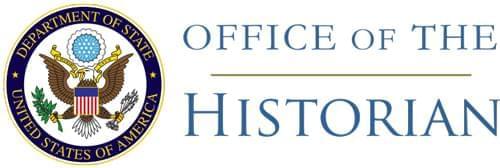129. Memorandum From the Deputy Assistant Secretary of State for Far Eastern Affairs (Steeves) to Secretary of State Herter0
SUBJECT
- Status of US-Japan Treaty Negotiations
The treaty negotiations have made considerable progress over the past few weeks but there remain a few issues to resolve. As a result of your conversations with Secretary Gates, both the Korea problem and the agreed minute on the Ryukyu and Bonin Islands have been resolved. The Japanese agreed to the deletion of two of the three crucial words objected to by the Defense Department in the Security Consultative Committee action on Korea, including the one point you and Secretary Gates insisted upon having deleted. They also accepted our language on the Ryukyu minute. In addition, almost all the Administrative Agreement problems have been worked out.
[Page 257]The remaining outstanding issues are:
- 1.
Consultation Interpretation
The Japanese have long considered crucial a public indication that under the new consultation agreement, we will not ignore the views of the Japanese Government. While we have resisted any specific public reference to the need for Japanese “agreement”, we had agreed to a proposal that Prime Minister Kishi state after his meeting with the President that: “Prime Minister Kishi stated that he had discussed the problem of consultation with the President under the new treaty arrangements. The President had assured him that the U.S. Government had no intention of acting with respect to the matters involving consultation in a manner contrary to the wishes of the Japanese Government.” This language has been accepted by the Japanese. Prime Minister Kishi considers it essential to Diet ratification that this language be included in the communique to be issued after his meeting with the President. The questions of U.S. introduction of nuclear weapons and use of Japanese bases in the event of hostilities elsewhere in the Far East have been the subject of prolonged Diet debate for some years. From a political viewpoint, we would agree that it is most important for Kishi to have included in the communiqué, rather than as a unilateral statement by him, the President’s assurances that our agreement to consult on these matters is not a pro-forma exercise. (The reference messages are attached.)1
- 2.
Indirect Aggression
The Japanese have proposed an agreed minute indicating that we would consult together for the purpose of considering appropriate assistance to Japan in the event of “indirect aggression” against Japan. We have agreed to this proposal but our proposed language has not yet been accepted by Japan.2
- 3.
Customs Examination
The Japanese have proposed that they be given the right to inspect PX goods and other imports brought in by our forces for the personal, rather than official, use of our forces. We have agreed to a public note granting Japan this right on the condition that they agree privately to exercise the right only in exceptional cases of suspicion. Our counterproposal disappointed the Japanese who hoped to receive exactly the same treatment given the Germans on customs examination but they are examining it.
- 4.
Labor Problems
After indicating that it appeared impossible to resolve several outstanding labor difficulties in the current negotiations, the Japanese have made a last minute proposal for certain revisions in the Administrative Agreement which would solve the two labor questions still outstanding–the handling of security discharges and the status of Japanese employees of our non-appropriated fund activities. Their proposals follow generally along the lines of our proposed handling of these matters several months ago. However, there is strong opposition to the Japanese proposals from CINCPAC and COMUS/Japan who have never agreed with the State-Defense position on labor questions. While the Japanese proposal is belated, it is generally a reasonable proposal and one that will permit us to avoid serious labor difficulties in subsequent years.3
- Source: Department of State, Central Files, 794.5/12–2659. Confidential. Drafted by Sneider.↩
- Not found attached to the source text.↩
- See footnote 4, Document 128.↩
- See Document 130.↩
